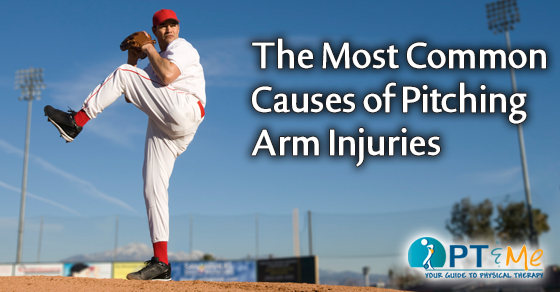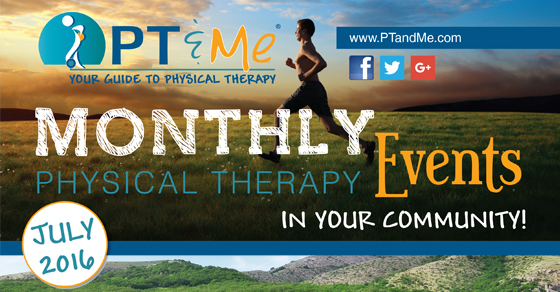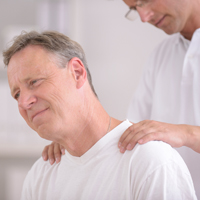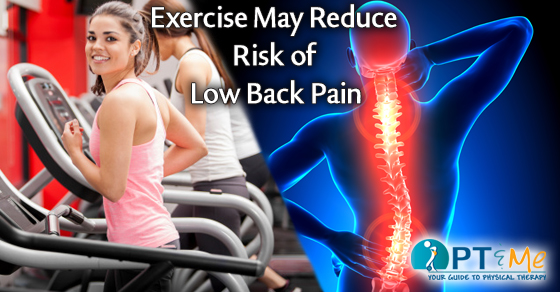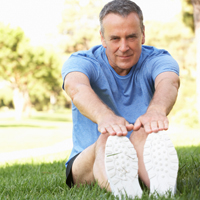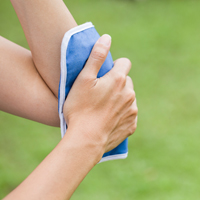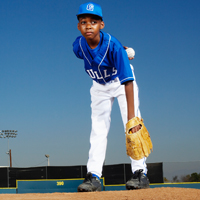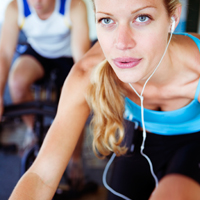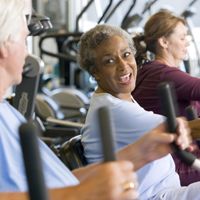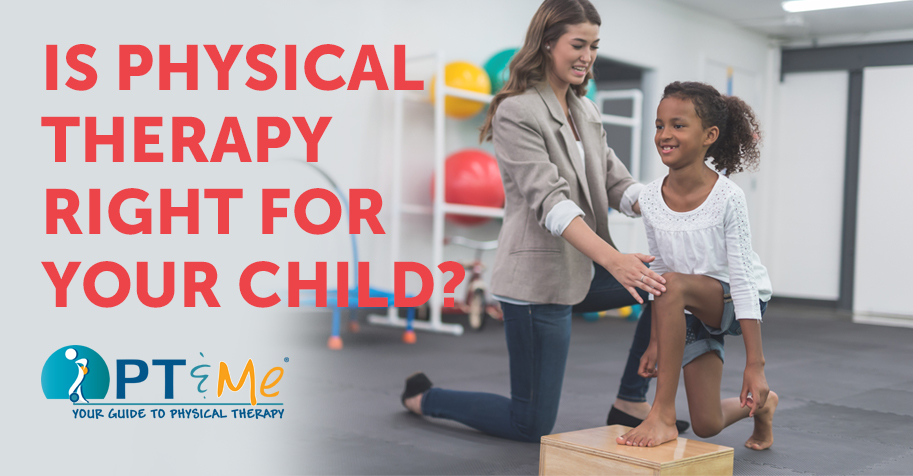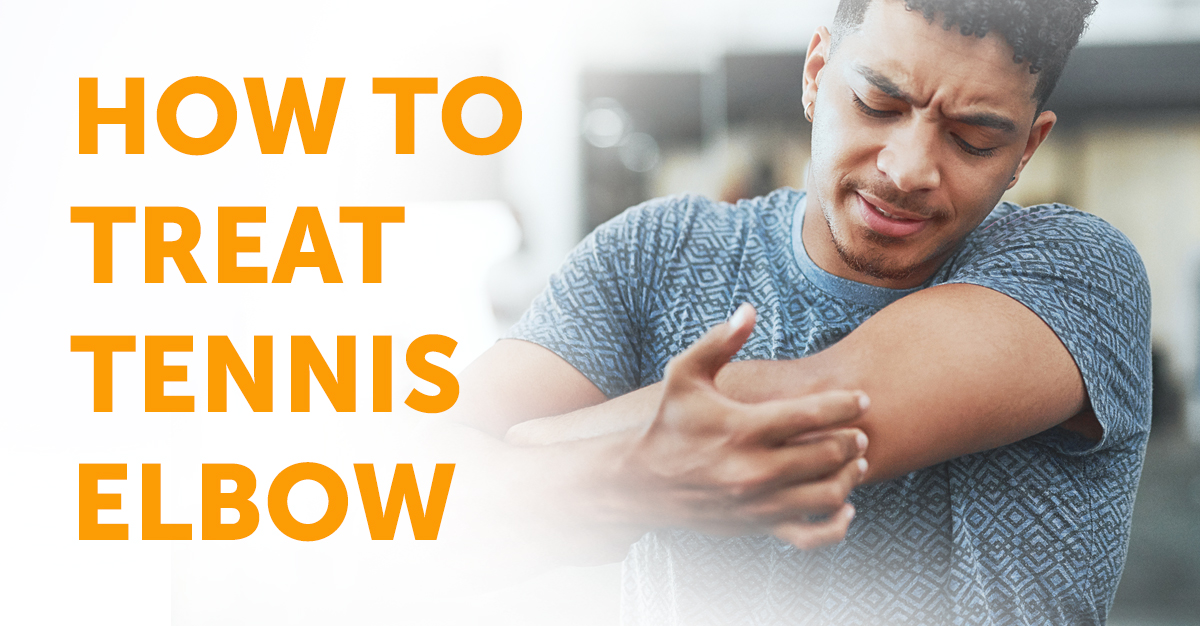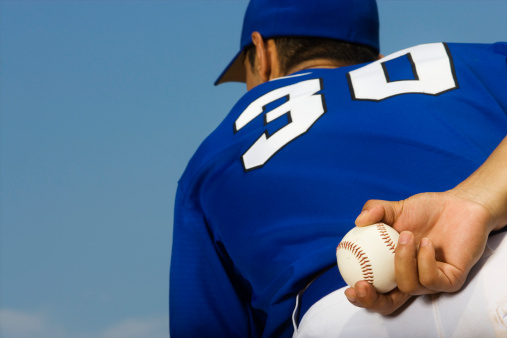The most common causes of pitching arm injuries to high school, college and professional pitchers are overload, overuse, lack of proper conditioning and improper throwing mechanics.
• Overload is the result of throwing too many pitches during one outing. Maximum pitch counts for various age groups, or for an individual pitcher’s normal strength and stamina, are effective in preventing overload.
• Overuse is the result of pitching too often and not having an adequate recovery time or a good arm maintenance program (stretching, running, strengthening, throwing) between pitching assignments. Coaches and trainers should be aware that each individual pitcher varies in arm strength, arm fatigue, arm tightness and soreness and require different recovery time needs. Make certain you provide your pitcher with a good active recovery program between pitching assignments.
• Proper conditioning involves the entire body; the legs and core muscles as well as the throwing arm. Coaches should supervise a proper stretching and warm-up procedure that is performed daily before throwing a ball.
• Pre-season is one of the most frequent times for arm injuries. Pitchers throw too much and too hard, too early. Also, they have not ingrained their normal rhythm and often are attempting to learn new techniques or new pitches. Another major factor of injury during pre-season is that pitchers are not working with a normal in-season rotation schedule and do not get enough recovery time from a lot of necessary drill work that involves throwing (pick-offs, defensive plays, etc.).
• Improper throwing mechanics. If a pitcher has improper throwing techniques, with the body or arm, there is a great chance of early fatigue of the throwing mechanism, and of course injury. The more power and force generated, the greater the chance of injury. In a competitive situation, most pitchers will not admit they are fatigued, experiencing minor pain or have a minor injury. It is important that you, a coach, trainer or physical therapist be able to recognize changes in the pitcher’s mechanics, performance, or mannerisms.
This information about common causes of pitching arm injuries was written by University Physical Therapy, an outpatient physical therapy group with eight locations in New River Valley, Virginia. University PT is THE choice for outstanding sports rehabilitation, physical therapy and occupational therapy services. For more information click here.

